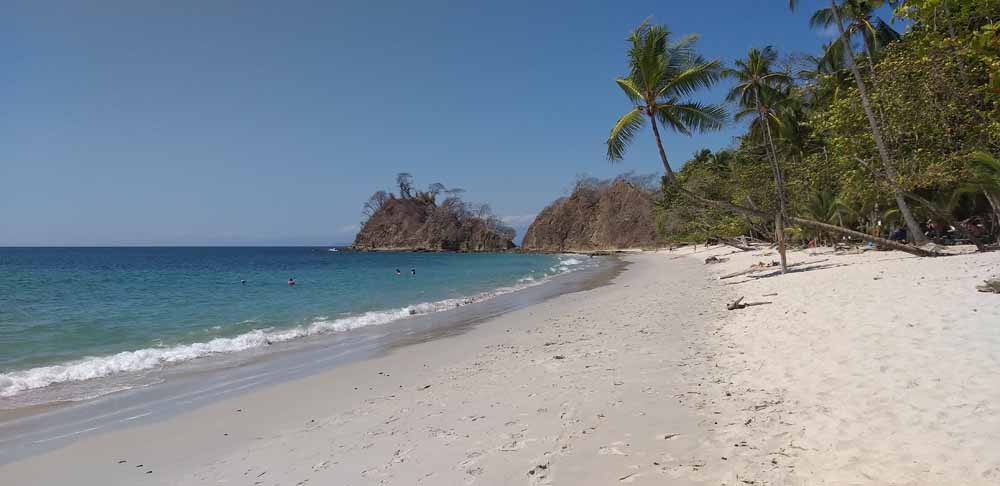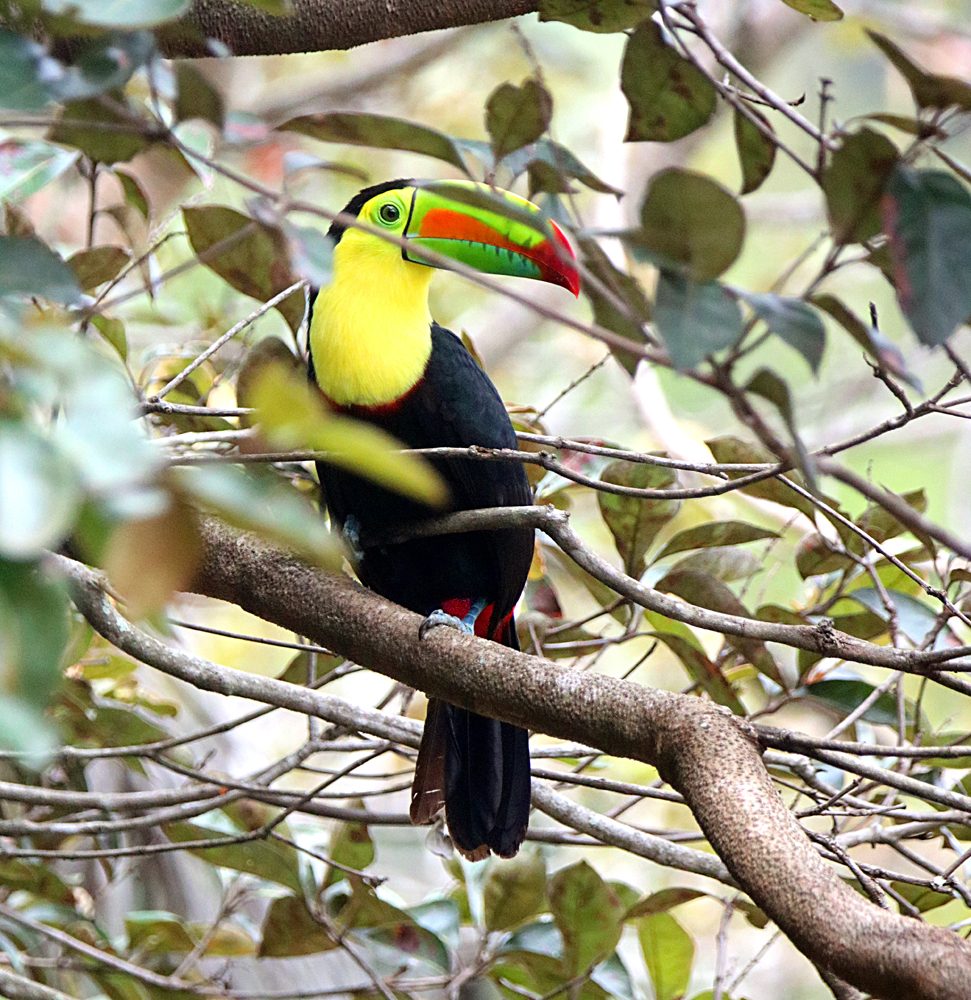I got here in more time than usual because of heavy traffic, maybe the many San Jose residents who escape to the coast for Christmas. 🙂 And as always the coast is hotter than the mild climate of Atenas! Fortunately my room was ready ahead of the official check-in time and I went straight to it in what they call the “Selvamar” section of rooms with each pathway of rooms named after a Latin American country. I’m in the Cuba section and love the room with a small outside patio and everything here is surrounded by tall trees, thus tonight’s photo from my room.

I may share photos of my room and the Selvamar rooms area later which is all nestled into the forest surrounded by many tall trees. I think it is the best place to stay for a short visit to Punta Leona and I will tell about other lodging later.
I organized my room and then did a lot of walking and got hot and tired, so I utilized their free shuttle buses to get back to my room. 🙂
Tomorrow morning before breakfast, I take the morning bird walk and then after breakfast the butterfly tour! 🙂 My only other tour is a sloth walk on Thursday. The last time here I also went to Carara NP for birds but decided not to this time, nor the nearby Tarcoles River morning bird boat tour. Instead, I will explore the tidepools and the gigantic trees trail here instead. And later I will write an evaluation of Punta Leona (their website link) telling what I like and what I don’t like about it, but for now just sharing photos and maybe only one photo a day since the internet is a little slow here. 🙂
¡Pura Vida!


















